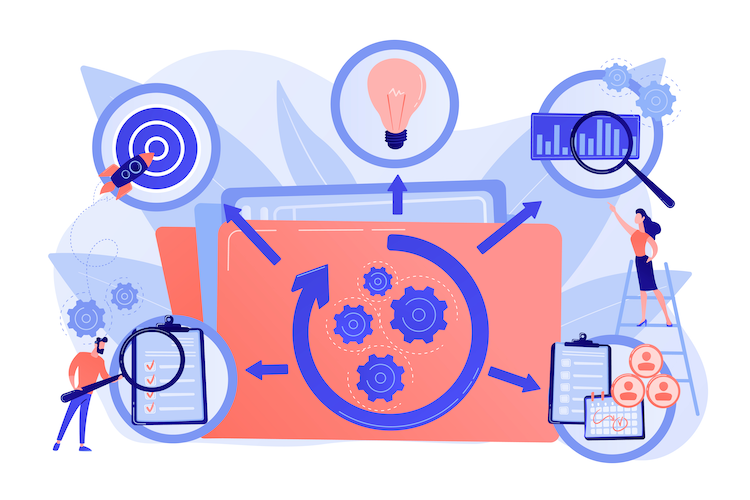Pricing and Billing Automation - 10 Benefits Explained Shortly
Last week we published a blog post: “10 Reasons You Should Invest in Flexible Pricing and Billing”. I thought to continue about that, by explaining...
2 min read
 Petri Takala
:
May 19, 2020 2:15:00 PM
Petri Takala
:
May 19, 2020 2:15:00 PM

When any billing department collects information about service usage and manually assures correct rates and prices, there will be revenue leaks and errors. When pricing and billing of services are done manually, customer complaints cannot be avoided.
In this blog, I will discuss billing execution in the recurring revenue business model: Manual steps in billing versus automation. I will also highlight why billing automation is the only way to ensure the quality of invoicing and thus improve customer satisfaction.

Modern business is based on data. This applies to all industries. Data about customers, orders, products, service usage, and so on. All this crucial data is located in various systems.
The great amount of data needed for service billing is spread widely in different systems and cannot be used effectively without an automated billing process. In a recurring revenue business model, a basic legacy billing software and processes are not enough.
All the above are examples of manual work in service billing and can be replaced with automation.
Read more about billing automation benefits:
“Billing and payment experience has been a key in B2C brands online. Now, also customers in B2B judge companies based on billing and payment experience,” noted Matthijs Koorn from MGI Research at the Monetization 13 Event in Amsterdam in 2020.
If your company still consolidates service billing data manually every month, maybe it is time to automate the process?
Automation gives you full scalability to launch new services to market faster. And most importantly, it significantly improves customer satisfaction thanks to accurate and timely invoices.
GOOD SIGN
We at Good Sign help our customers solve existing pain points in monetizing service contracts and managing subscriptions and pay-per-use services. We help companies freely grow scalable services.
Read how our customer Enfo was able to stop manual work in billing:

Last week we published a blog post: “10 Reasons You Should Invest in Flexible Pricing and Billing”. I thought to continue about that, by explaining...

Monetize 13 is the only event in Europe focusing purely on monetization, including payments, commerce, billing, and CPQ.

With years of experience with different ERP systems, I still find that they are excellent for many tasks but not for subscriptions and recurring...